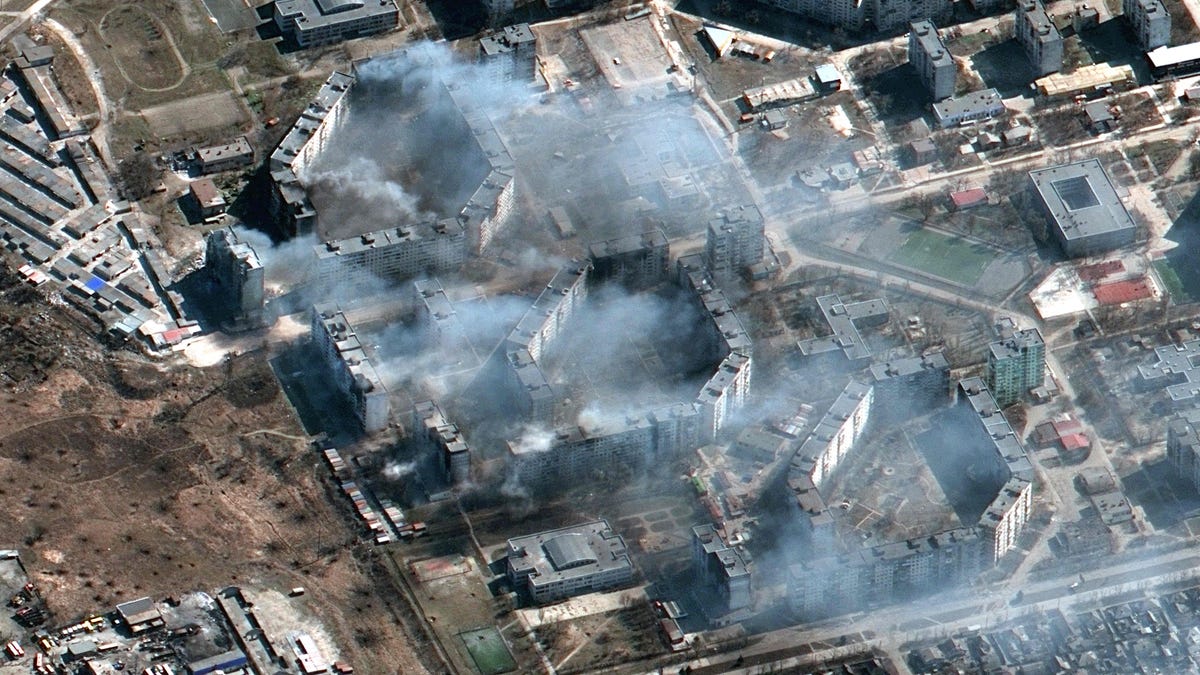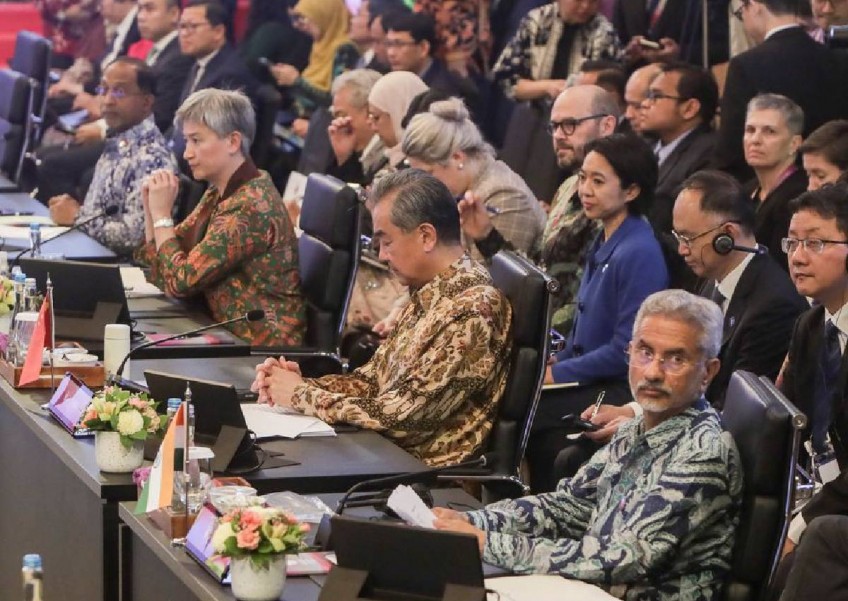Trump's Trade Legacy: Assessing The Damage To America's Financial Powerhouse Status

Table of Contents
The Impact of Tariffs
Trump's administration implemented a series of tariffs, most notably on Chinese goods, in an attempt to address perceived trade imbalances and protect American industries. However, these actions triggered a cascade of negative economic consequences.
Increased Tariffs on Chinese Goods
The rationale behind the tariffs on Chinese goods was multifaceted. The administration argued that China engaged in unfair trade practices, including intellectual property theft and forced technology transfer, justifying retaliatory measures to level the playing field and protect American businesses. However, the economic consequences were far-reaching.
-
Increased Prices for Consumers: Tariffs directly increased the cost of imported goods, leading to higher prices for consumers across various sectors.
-
Retaliatory Tariffs from China: China responded with its own tariffs on American products, harming American exporters and disrupting supply chains.
-
Disruption of Supply Chains: The imposition of tariffs created significant uncertainty and disrupted established global supply chains, leading to delays and increased costs for businesses.
-
Specific Examples: The tariffs significantly impacted industries like agriculture (soybeans), manufacturing (steel and aluminum), and technology (electronics). Studies from the Peterson Institute for International Economics estimated that these tariffs cost American consumers billions of dollars annually.
Trade Wars and Their Ripple Effects
The impact extended beyond the US-China trade relationship. Trade disputes with the European Union, Mexico, and Canada created further uncertainty and instability in the global trading system. These actions, often described as “trade wars,” negatively impacted investor confidence and hindered global economic growth.
- Steel and Aluminum Tariffs: Tariffs imposed on steel and aluminum imports from various countries sparked retaliatory measures, impacting industries dependent on these materials.
- Dispute with the EU: Disagreements over aircraft subsidies led to tit-for-tat tariffs between the US and the EU, harming businesses on both sides of the Atlantic.
- Impact on Investor Confidence: The unpredictability of Trump's trade policies created uncertainty for investors, leading to a decline in investment and economic growth.
Renegotiation of Trade Agreements
Trump's administration also focused on renegotiating existing trade agreements, resulting in both significant changes and withdrawals from crucial international partnerships.
The USMCA and its Implications
The renegotiation of NAFTA into the USMCA (United States-Mexico-Canada Agreement) aimed to address perceived imbalances and improve conditions for American workers. While some provisions aimed to enhance labor and environmental standards, the overall impact remains debated.
- Changes in the Agreement: Key changes included stricter rules of origin for automobiles, updated intellectual property protections, and provisions aimed at improving labor standards in Mexico.
- Positive Impacts: Supporters point to increased labor protections and the potential for greater investment in North America.
- Negative Impacts: Critics argue that some provisions increased costs for businesses and limited trade flexibility.
Withdrawal from the Trans-Pacific Partnership (TPP)
The withdrawal from the TPP, a comprehensive trade agreement involving numerous Pacific Rim countries, represented a significant departure from previous US trade policy. The administration argued that the agreement was unfair to American workers and businesses.
- Reasons for Withdrawal: Concerns over job losses, intellectual property protections, and the agreement's impact on American sovereignty were cited as reasons for withdrawal.
- Economic Consequences: The withdrawal deprived the US of access to a large and growing market, while benefiting other participating countries who remained in the agreement.
- Lost Opportunities: The US missed opportunities for increased trade and economic growth, strengthening China's regional influence in the process.
Impact on American Industries
Trump's trade policies had a profound and varied impact on different American industries, with some experiencing short-term gains while others suffered long-term losses.
Agriculture and the Trade War
The agricultural sector was particularly hard hit by the trade war with China. China, a major importer of American agricultural products, imposed retaliatory tariffs, significantly reducing demand and harming American farmers.
- Soybean Exports: Soybean exports to China plummeted, leading to significant losses for farmers and impacting rural communities.
- Government Support Programs: The government implemented support programs to compensate farmers for their losses, but these programs proved insufficient for many.
- Long-term Damage: The trade war damaged long-term relationships with Chinese importers, impacting future agricultural exports.
Manufacturing and the Shift in Global Supply Chains
While some argued that tariffs would encourage reshoring (the return of manufacturing to the US), the reality was more complex. Increased costs due to tariffs and disruptions in supply chains negatively impacted many American manufacturers.
- Increased Costs: Tariffs on imported materials increased production costs for manufacturers, impacting their competitiveness.
- Supply Chain Disruptions: Disruptions in global supply chains caused delays and shortages, further hindering manufacturing output.
- Limited Reshoring: While some reshoring occurred, it was limited in scale and did not offset the overall negative impact on the manufacturing sector.
Conclusion: Re-evaluating Trump's Trade Legacy and America's Financial Future
Trump's trade policies, characterized by increased tariffs, renegotiated agreements, and withdrawal from international partnerships, had a complex and ultimately detrimental impact on America's financial powerhouse status. While certain sectors experienced short-term gains, the overall effect was a decline in global trade, increased costs for consumers, and damage to long-standing international relationships. The unpredictable nature of these policies also undermined investor confidence and hindered economic growth. The damage to America’s reputation as a reliable and predictable trading partner continues to have repercussions today.
Continue exploring the complexities of Trump's trade legacy and its impact on the global economic landscape. Further research into the long-term effects of these policies on various sectors is crucial for understanding their lasting implications for the American economy and its place in the global financial system.

Featured Posts
-
 Supreme Court Obamacare Case Trumps Role And Potential Impact On Rfk Jr S Candidacy
Apr 22, 2025
Supreme Court Obamacare Case Trumps Role And Potential Impact On Rfk Jr S Candidacy
Apr 22, 2025 -
 Trumps Ukraine Proposal Kyivs Urgent Response Needed
Apr 22, 2025
Trumps Ukraine Proposal Kyivs Urgent Response Needed
Apr 22, 2025 -
 Us Pushes For Peace As Russia Unleashes Devastating Aerial Attacks On Ukraine
Apr 22, 2025
Us Pushes For Peace As Russia Unleashes Devastating Aerial Attacks On Ukraine
Apr 22, 2025 -
 Ftc To Appeal Microsoft Activision Deal What Happens Next
Apr 22, 2025
Ftc To Appeal Microsoft Activision Deal What Happens Next
Apr 22, 2025 -
 Top Chinese Indonesian Officials Strengthen Security Ties
Apr 22, 2025
Top Chinese Indonesian Officials Strengthen Security Ties
Apr 22, 2025
